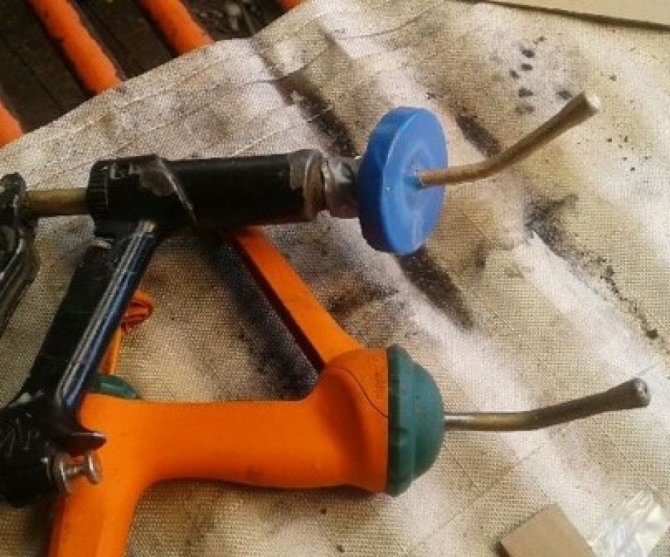A client bowled over a few sheep while drenching. In this case, it was an OP (organophosphate) in an oily base, which was delivered/aspirated into the lungs. This can be deadly with OPs, but it begs the question of how frequently drench is aspirated without our knowing? The head meat inspector at a local abattoir suggested that it was common to see whole lines of sheep with lesions in the right, front lobe of the lung, suggesting that the problem is widespread.
Drenching can cause issues in at least three ways: depositing the drench in the wrong place, toxic effects from the drench, and infections from abrasions.
I am old enough to have drenched sheep with carbon tetrachloride. It was a volatile product, but even small amounts down the wrong the trachea or windpipe, instead of the oesophagus, would cause paroxysmal coughing, sometimes fatal. Mostly, inspirated drenches cause little problem; the exception being the OP drenches—putting any quantity into the lungs may be fatal. The other “wrong location” is where drench capsules are lodged in the soft tissues around the pharynx: so-called "jackaroo's disease" as the careless application occurs when the jackaroos let standards slip when keen to knock off on Friday. Capsules have been on the market for more than 20 years now, but I see cases yearly, sometimes killing dozens of sheep.
Toxicity due to overdose is rare. However, in sick, light or water deprived sheep even a normal dose of an OP can be fatal. Levamisole is probably the most inherently toxic drench with a safety margin of twice to three times the dose. If there is a wide weight range you may need to split the mob into weight groups and then drench safely to the weight range of each group. Also, check your equipment: a client (no longer in agriculture) killed a large number of sheep when he reversed the glass cylinder in a drench gun because one end was leaking. The dose he delivered was twice that was required.
The final one to keep in mind is damage due to burrs on drench gun nozzles. This can be serious when damaged drench guns are used to deliver concentrated multivitamin supplements—even small abrasions on the oral mucosa (lining of the mouth) can result in a painful death from severe necrotising cellulitis of the tissues of the mouth. I’ve seen similar problems, but not as severe, when sheep are drenched with anthelmintics via damaged drench guns.
While I realise that preaching drench technique is likely to win few friends as it challenges people’s stockmanship, herewith a few thoughts on how to avoid problems:
Finally, slow down! Insert the nozzle of the gun through the corner of the mouth and deliver the dose onto the back of the tongue. Give sheep time to swallow the drench. It’s not a race, and you will earn more beers by having all sheep alive at the end of the day than by being the first to finish, but surrounded by a sea of shit and disaster.
